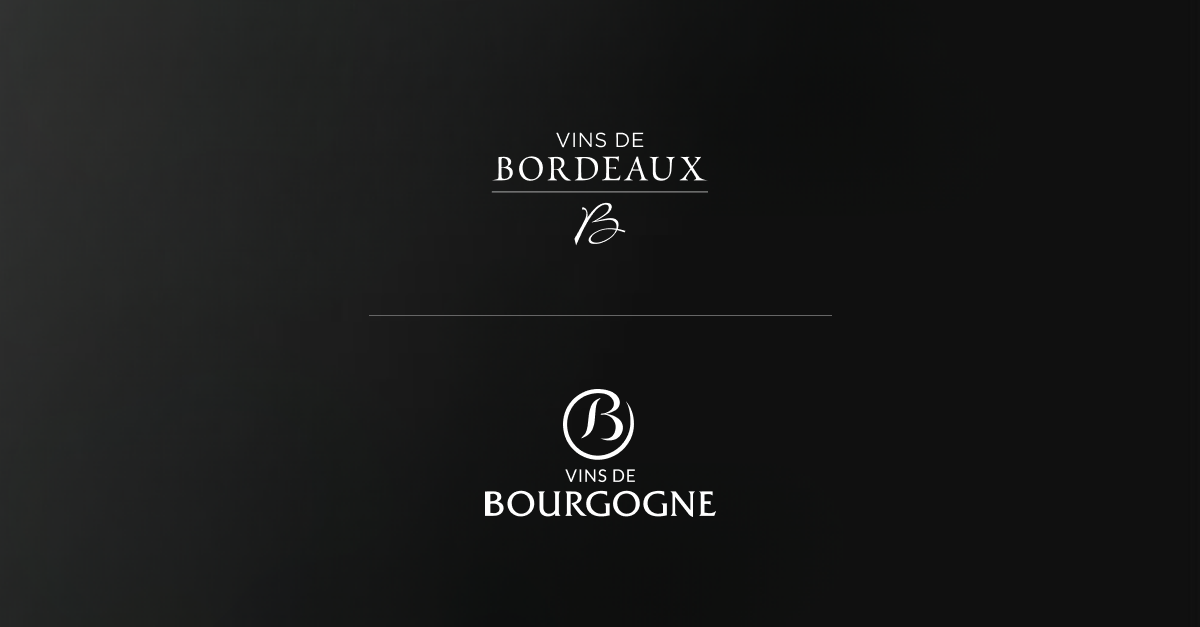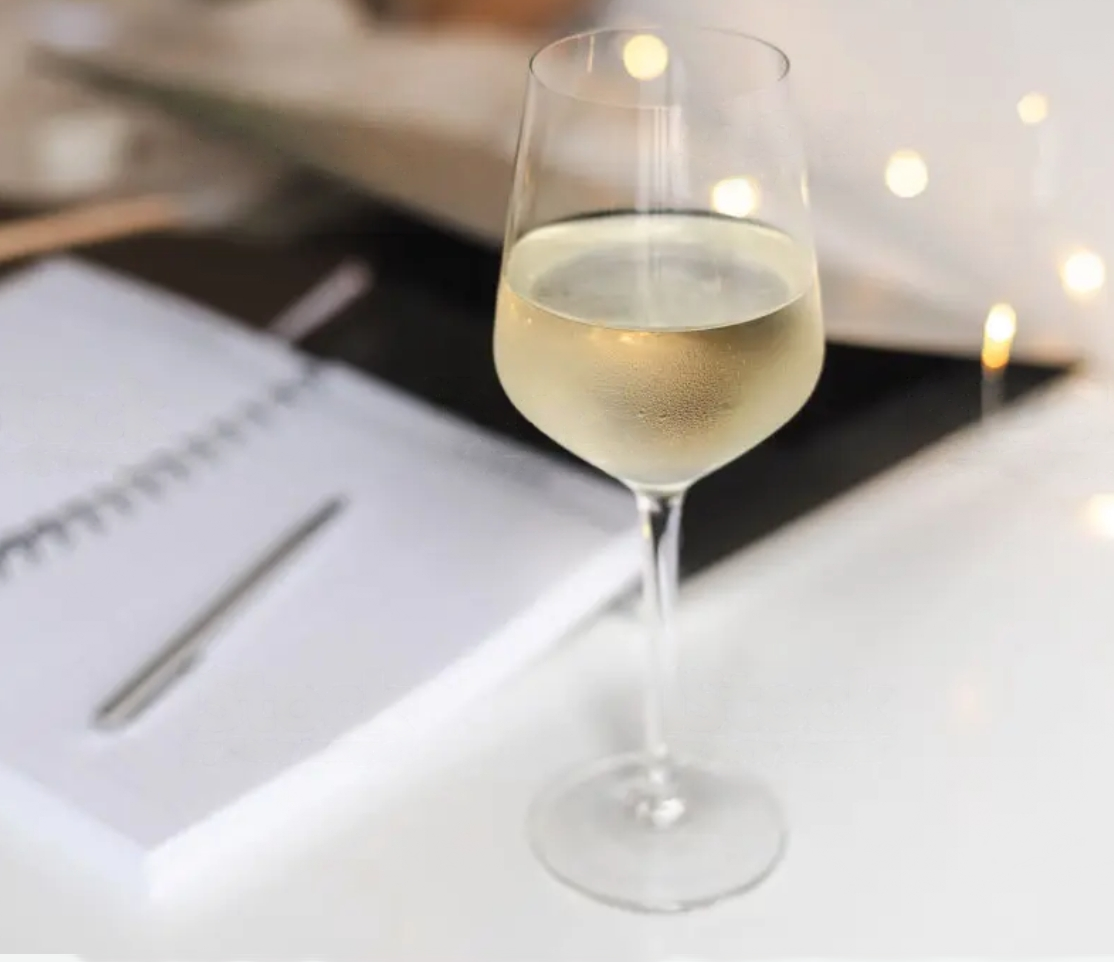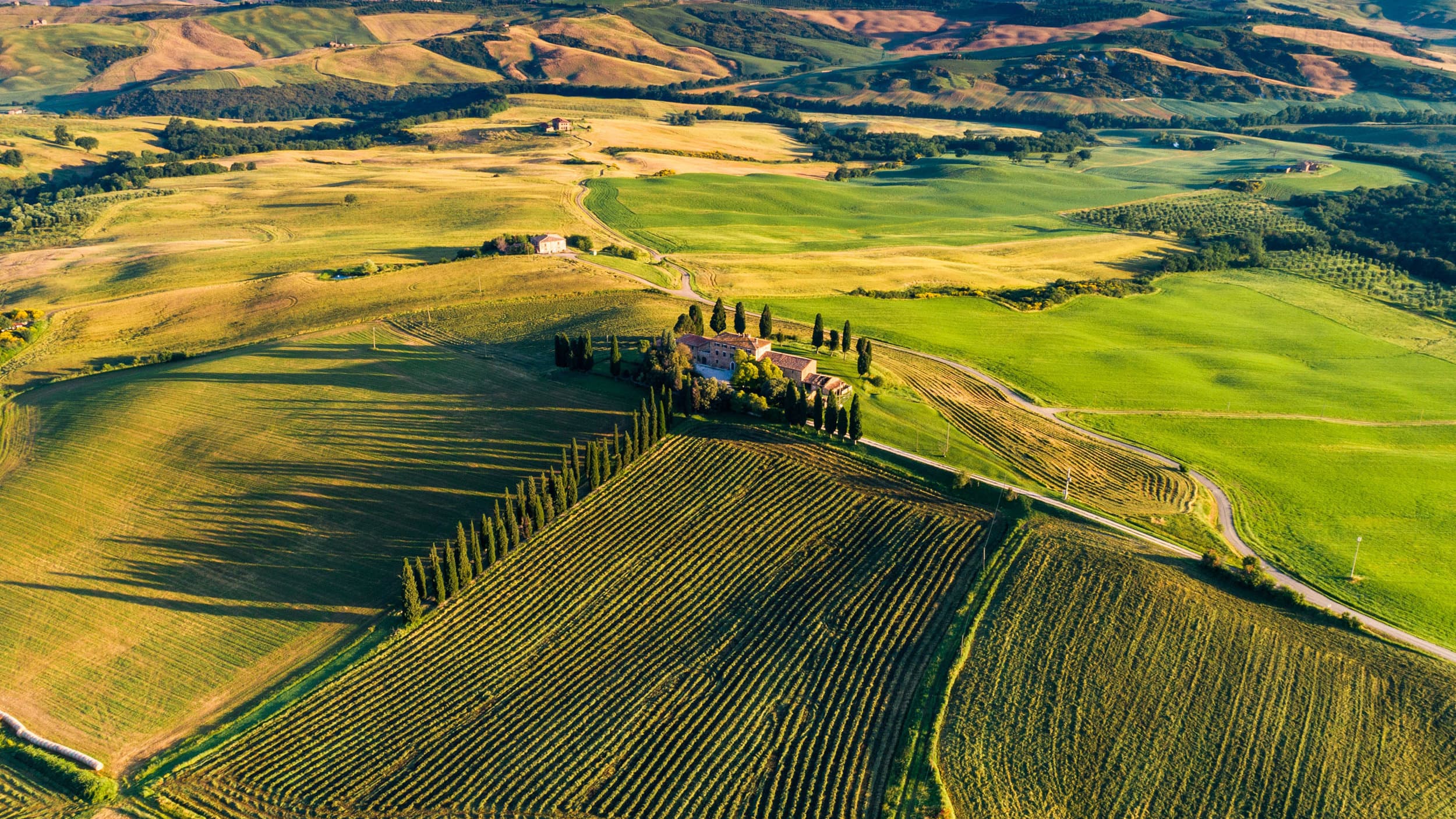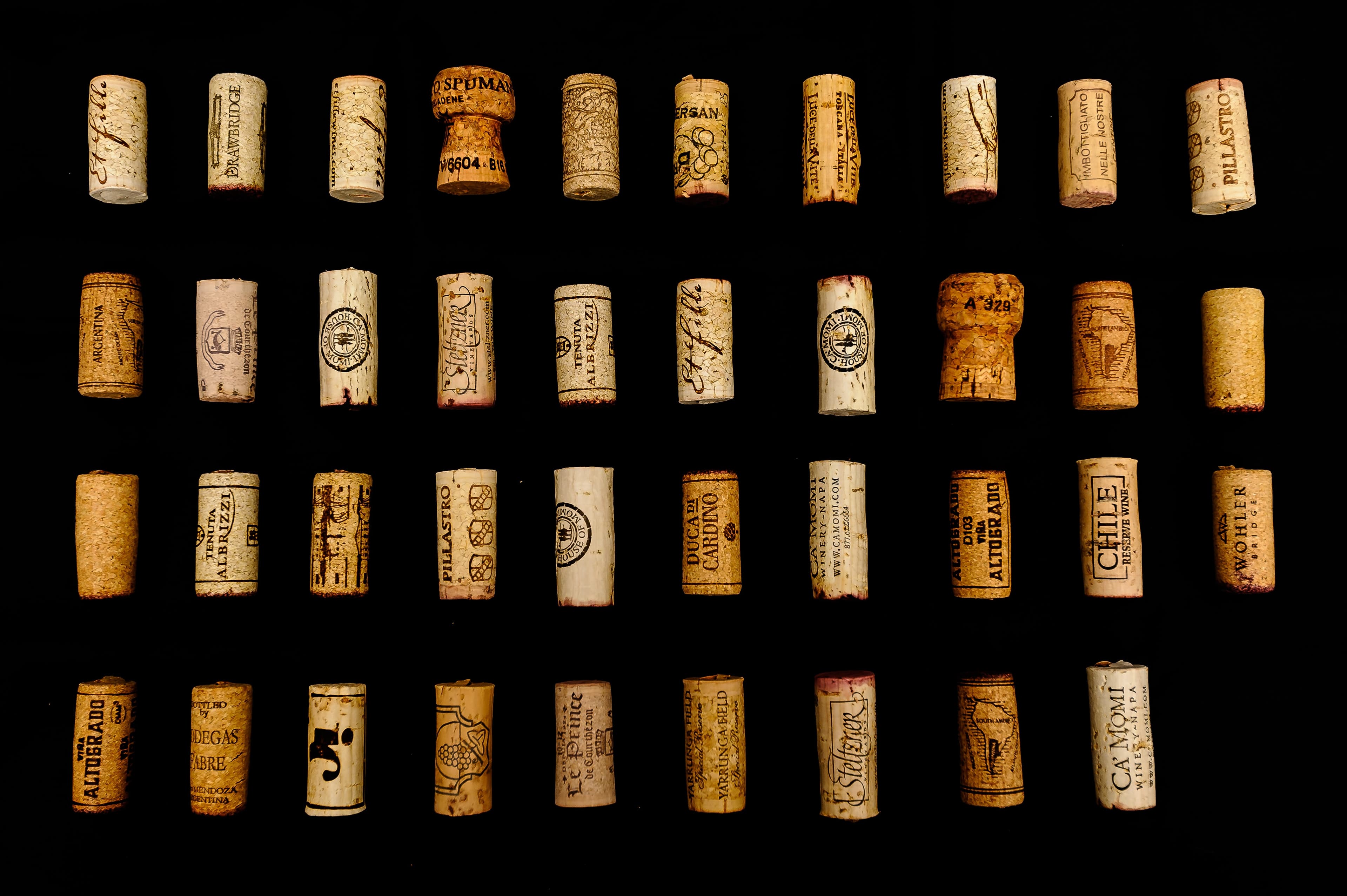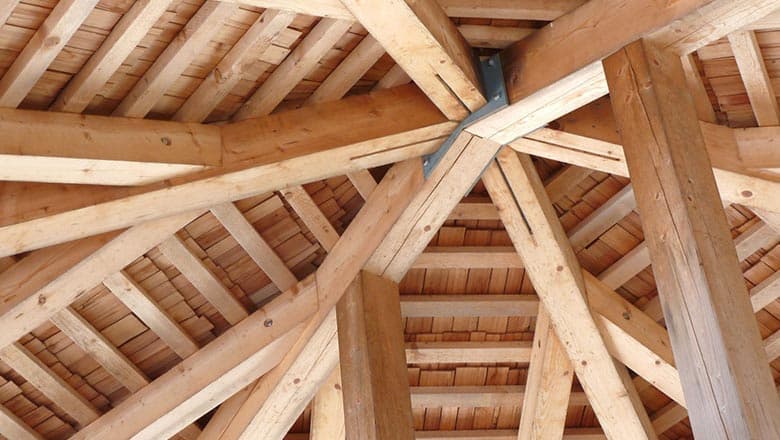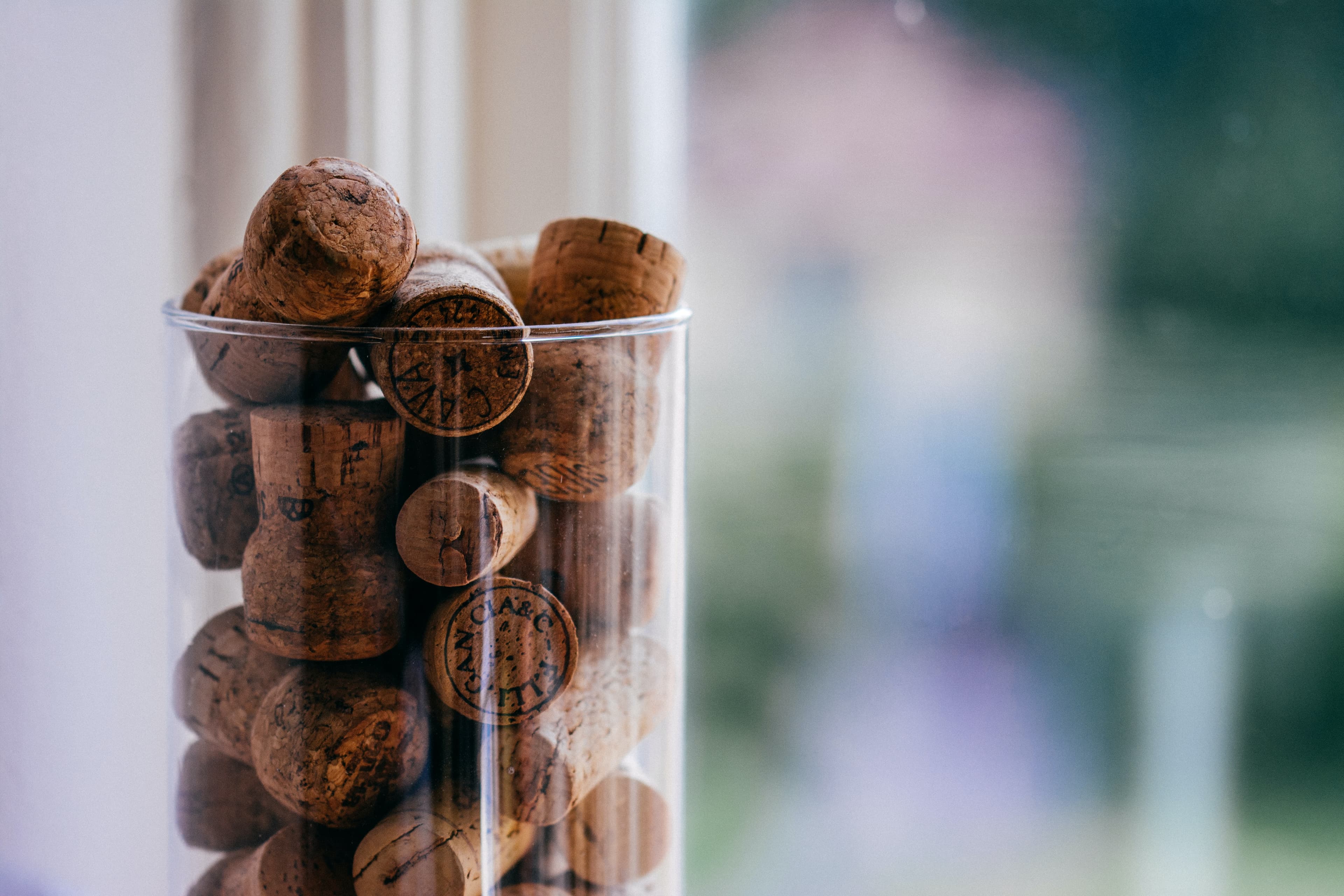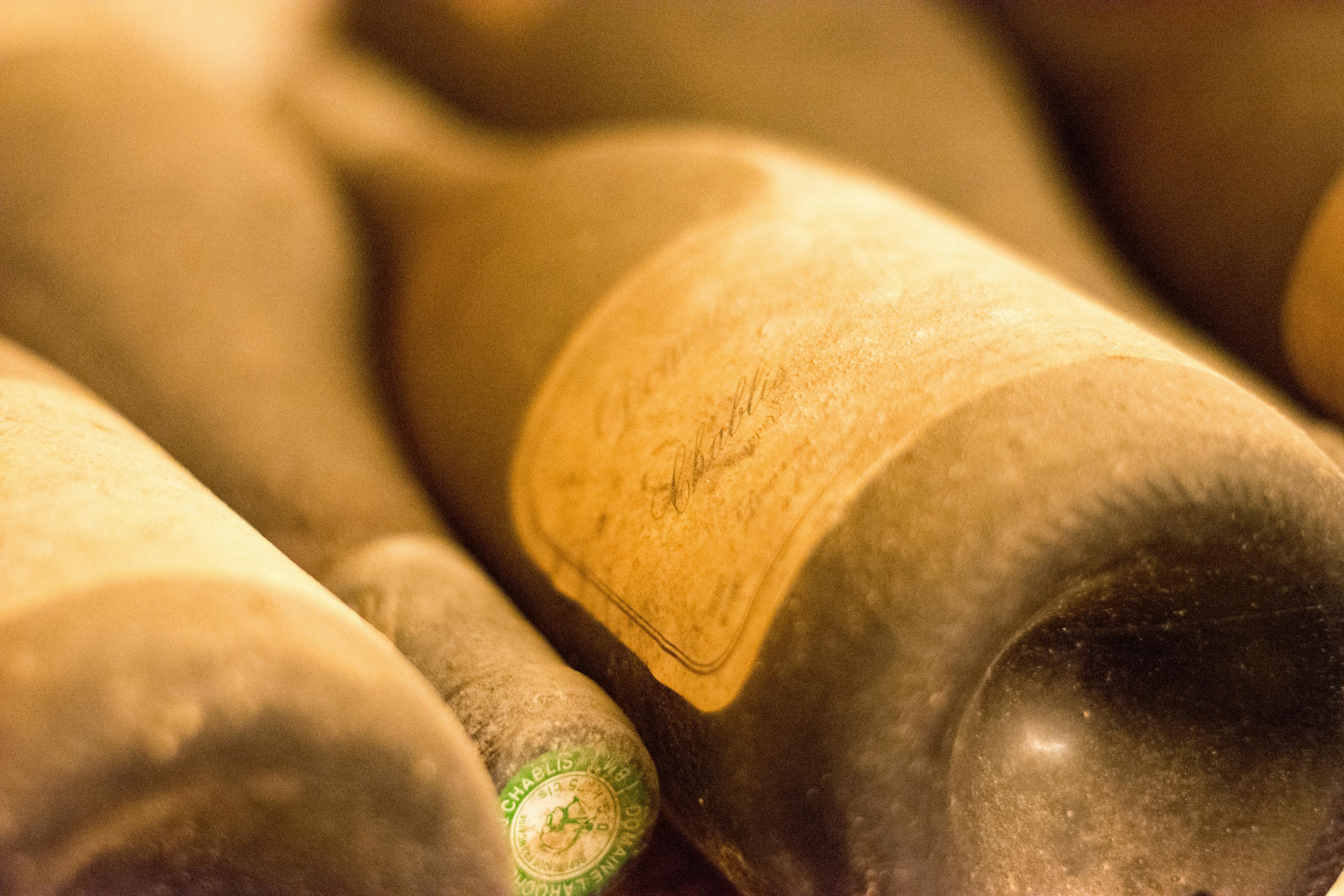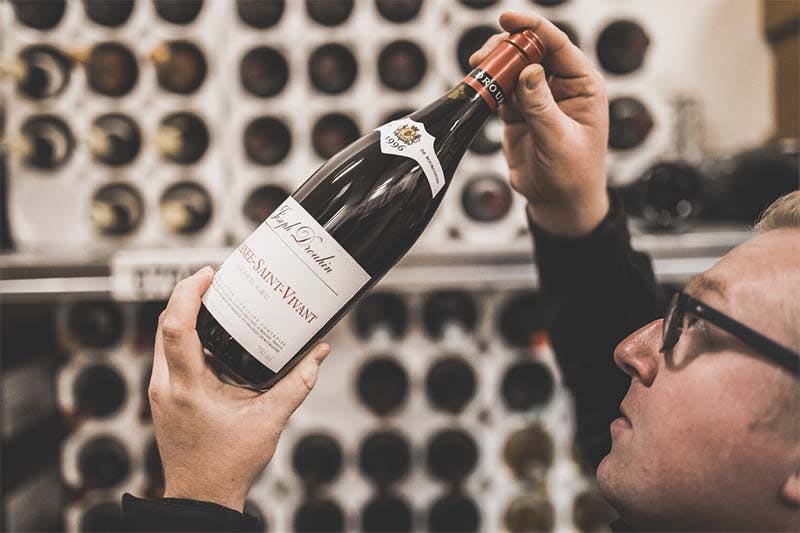
Serving a prestigious wine like Chateau Palmer requires knowledge and finesse to fully appreciate its depth and complexity. This guide will walk you through the essential steps to ensure that every sip of Chateau Palmer reflects its esteemed heritage. From selecting the right temperature to choosing the perfect glassware, we cover all the details that transform a simple wine tasting into a memorable experience. Whether you're a seasoned sommelier or a casual wine enthusiast, understanding how to serve Chateau Palmer properly can significantly enhance your enjoyment and impress your guests.
Understanding the Ideal Serving Temperature
When serving Chateau Palmer, understanding the ideal temperature is crucial to fully appreciate its characteristics. The temperature at which wine is served can significantly influence its taste, aroma, and overall drinking experience. Here are some guidelines to ensure you serve Chateau Palmer at its best:
Red Wines: Typically, Chateau Palmer, being a red wine from Bordeaux, should be served slightly below room temperature, around 17-18°C (62-64°F). This temperature helps to highlight the wine's complex flavors and delicate aromas without emphasizing the alcohol.
Decanting: Decanting Chateau Palmer before serving can also affect the temperature. Pouring the wine into a decanter a few hours before drinking allows it to breathe and come to the ideal temperature gradually, enhancing the wine's qualities.
Seasonal Considerations: In warmer climates or seasons, you might want to chill the bottle slightly below the recommended temperature to compensate for the warmth in the environment, ensuring it remains at the ideal temperature when served.
Storage: Always store Chateau Palmer in a cool, dark place to maintain its integrity before serving. A wine fridge or cellar is ideal for achieving the correct serving temperature.
By adhering to these temperature guidelines, you can ensure that each glass of Chateau Palmer is as enjoyable as intended.
Decanting Chateau Palmer: When and How
Decanting Chateau Palmer is a crucial step in fully enjoying its complex aromas and flavors. This process is not just about tradition; it serves a practical purpose by separating the wine from any sediment that has formed over the years and allowing it to breathe, which enhances its characteristics.
Timing: The ideal time to decant Chateau Palmer depends on its vintage. Older vintages, typically those over 10 years old, benefit from being decanted about 2 hours before serving. This allows ample time for the wine to interact with oxygen and open up its bouquet.
Choosing a Decanter: Opt for a decanter with a wide base. The increased surface area allows more wine to come into contact with air, speeding up the oxidation process.
The Pouring Process: Pour slowly and steadily, keeping the bottle at an angle to ensure that the sediment remains in the bottle and does not transfer to the decanter. Use a light source like a candle or lamp to observe the wine as it passes through the neck, stopping once you see sediment approaching the bottle's neck.
Temperature Considerations: Serve Chateau Palmer at around 17-18°C (62-64°F). Decanting at this temperature helps maintain the wine's structure and aromatic profile.
Selecting the Right Glassware for Chateau Palmer
When serving Chateau Palmer, selecting the right glassware is crucial to fully appreciate its taste. The ideal choice is a Bordeaux glass, which is tall with a broad bowl that narrows slightly at the top. This design serves multiple purposes:
Enhances Aromatics: The shape of the Bordeaux glass allows the wine’s rich, complex aromas to concentrate at the top of the glass, intensifying the olfactory experience before even taking a sip.
Optimizes Flavor Profile: The broad bowl provides ample surface area for the wine to come into contact with air, facilitating aeration. This aeration helps soften the tannins of the robust Chateau Palmer and brings forward the delicate flavors of dark fruits and spices.
Temperature Control: The long stem of the Bordeaux glass ensures that heat from the hand does not warm the wine, maintaining its ideal serving temperature.
Using the correct glassware is not just about aesthetics; it significantly impacts the enjoyment and expression of the wine. Thus, investing in quality Bordeaux glasses can elevate your Chateau Palmer experience, making each sip as rewarding as intended.
The Role of Aeration in Enhancing Flavor
Aeration plays a crucial role in enhancing the flavor of Chateau Palmer, allowing it to express its full aromatic complexity and smoothness. When wine is exposed to air, it undergoes oxidation and evaporation. This process can significantly improve the taste by softening the tannins and releasing the bouquet of aromas that Chateau Palmer is renowned for. Here are some key points to consider when aerating this prestigious wine:
Decanting Time: Chateau Palmer typically benefits from being decanted for about 2 to 4 hours before serving. This duration allows the wine to mix with air, mellowing the tannins and enhancing the wine’s rich flavors.
Type of Decanter: Use a wide-based decanter to maximize the surface area of the wine exposed to air. This shape speeds up the aeration process, making it more effective in bringing out the subtle nuances and flavors of the wine.
Serving Temperature: Serve Chateau Palmer at around 17-18°C (62-64°F). At this temperature, the aromas and flavors are more pronounced, and the aeration process is optimized.
Observation: As you decant, observe the color and aroma of the wine. This can give you clues about the extent of aeration needed. Older vintages might require less aeration time compared to younger ones.
For more detailed guidance on how to store Chateau Palmer to preserve its quality, refer to specific storage techniques. Proper storage is essential to maintain the wine’s integrity before it’s even ready to be aerated and served.
Serving Size: Optimal Pour for Maximum Enjoyment
When serving Chateau Palmer, the optimal pour is crucial for appreciating the full spectrum of flavors and aromas this prestigious wine has to offer. Typically, the recommended serving size is about 5 ounces (150 ml). This amount is ideal because it allows the wine enough room in the glass to be swirled, which enhances its contact with air and opens up the bouquet.
Temperature Matters: Serve Chateau Palmer at around 17-18°C (62-64°F). This temperature helps to balance the complexity of flavors and the tannic structure.
Choice of Glass: Use a large Bordeaux glass. The ample space in this type of glass will enable the wine’s rich aromas to fully develop before taking a sip.
Decanting: Decanting Chateau Palmer for at least one hour before serving is recommended. This practice helps in softening the tannins and intensifies the flavor profile.
Pouring Technique: Pour slowly to avoid disturbing the sediment that might have formed, which is common in well-aged wines.
Understanding the craftsmanship behind Chateau Palmer can greatly enhance your appreciation of each pour, making every sip a testament to the wine's rich heritage and meticulous production process.
Pairing Chateau Palmer with the Right Occasion
When selecting the perfect occasion to serve Chateau Palmer, understanding its history can significantly enhance the experience. This prestigious wine, known for its elegance and depth, pairs wonderfully with events that call for a touch of sophistication and historical appreciation.
Formal Dinners: Chateau Palmer is an excellent choice for gala dinners or high-end corporate events where the wine's rich heritage and exquisite quality can be appreciated alongside gourmet dishes.
Milestone Celebrations: Whether it's a significant anniversary, a milestone birthday, or a major professional achievement, Chateau Palmer serves as a celebratory symbol, marking special occasions with its distinguished presence.
Wine Tasting Events: For gatherings dedicated to the appreciation of fine wines, Chateau Palmer stands out. Its complex flavor profile and storied past make it a fascinating subject for discussion among enthusiasts.
Holiday Gatherings: Serving Chateau Palmer during festive seasons, like Christmas or New Year's Eve, adds a luxurious element to the celebration, making the holiday feel even more special.
Choosing the right occasion for Chateau Palmer not only respects its prestigious background but also maximizes the enjoyment of its unique characteristics.
Preparing the Bottle: Cork Removal and Inspection
Before enjoying a bottle of Chateau Palmer, proper preparation is crucial to ensure the integrity of the wine. The first step involves the careful removal and inspection of the cork, which can tell you a lot about the wine's condition and storage history.
Inspect the Cork: Upon removing the cork, inspect it for any signs of mold or unusual odors, which could indicate improper storage or cork taint. The cork should be moist from one end, but not soaked through, which could mean the wine has been exposed to air and may have oxidized.
Use the Right Tool: Always use a proper wine opener, preferably a waiter's friend or a winged corkscrew, to gently ease the cork out. Avoid pushing the cork into the bottle, as this could contaminate the wine with cork particles.
Check for Sediment: Especially with older vintages, check if there is sediment near the cork or in the neck of the bottle. This is a natural occurrence in wine as it ages and is not a flaw, but it's best to decant the wine to avoid stirring the sediment into the liquid.
Temperature and Handling: Ensure the wine is at the ideal serving temperature, which for Chateau Palmer is typically around 17-18°C (62-64°F). Handle the bottle gently to avoid agitating the wine, which can alter its flavor profile.
For more insights, consider exploring facts about Chateau Palmer to enhance your appreciation and knowledge of this esteemed wine.
The Importance of Serving Order in Wine Tasting
When hosting a wine tasting that features popular vintages of Chateau Palmer, the order in which the wines are served can significantly influence the guests' tasting experience. Proper serving order is crucial because it allows the palate to appreciate the evolution of flavors and complexities without overwhelming the senses. Here are some guidelines to ensure the serving order enhances the tasting:
Start with Younger to Older: Begin with the more recent vintages and gradually move towards the older ones. Younger wines are typically lighter and fresher, providing a good baseline before introducing the more complex, aged wines.
Consider the Wine's Body: Serve wines from lightest to fullest body. This progression helps in maintaining the sensitivity of the palate to subtler flavors and aromas which might be overshadowed by bolder, heavier wines if tasted first.
Account for Sweetness: If your tasting includes sweeter variants, these should generally be served last. Sweet wines can coat the palate, which might distort the flavors of the dry wines if served earlier.
By carefully planning the serving order, each wine, including Chateau Palmer's esteemed vintages, is given a fair showcase, allowing tasters to appreciate its unique qualities without interference.
Tips for Presenting Chateau Palmer at Formal Events
When presenting Chateau Palmer at formal events, it's essential to consider not only the wine itself but also how it complements the overall dining experience. Here are some tips to ensure that your wine service enhances the elegance of any formal gathering:
Temperature Control: Serve Chateau Palmer at the optimal temperature, which is typically between 17-18°C (62-64°F). This allows the wine to express its full range of flavors and aromas without being masked by excessive warmth.
Decanting: Decanting Chateau Palmer before serving can significantly improve its character, especially for vintage bottles. This process helps to separate the wine from any sediment that has formed and introduces a small amount of air, which can help open up the flavors.
Glassware: Use high-quality wine glasses with a generous bowl to serve Chateau Palmer. This shape helps to concentrate the wine’s aroma, enhancing the tasting experience for your guests.
Presentation: When serving Chateau Palmer, presentation is key. Use a tasteful wine decanter and elegant glassware to reflect the prestige of the wine. Ensure that the serving area is well-organized and that each guest’s glass is filled with care.
Pairing: Selecting the right food pairings can elevate the experience of Chateau Palmer. Aim for dishes that complement the complex flavors of the wine, such as red meats, rich poultry dishes, or sophisticated vegetarian entrees that feature earthy elements.
By following these tips, you can present Chateau Palmer in a manner that is both impressive and respectful of its heritage, making any formal event a memorable occasion.
How to Handle Leftover Wine: Storage Tips Post-Serving
Proper storage of leftover wine is crucial to maintaining its quality and taste. Here are some effective tips for storing leftover Chateau Palmer or any other fine wine:
Re-cork It Right: Always re-cork the wine as soon as you finish pouring. If the original cork is damaged, use a rubber wine stopper. These stoppers are effective at keeping air out and can be found at most kitchen supply stores.
Use a Wine Preserver: Invest in a wine preserver to remove air from the bottle before resealing it. This can significantly extend the wine's life by preventing oxidation, which can alter the flavors and aromas.
Refrigerate: Once re-corked, store the wine in the refrigerator. Cooler temperatures slow down the oxidation process. Even red wines should be refrigerated after opening to keep them fresh longer.
Store Upright: Unlike unopened wine, which is best stored on its side, opened wine should be stored upright to minimize the surface area exposed to oxygen.
Consume Quickly: Even with proper storage, opened wine should be consumed within a few days—ideally within 48 hours. After this period, the wine may start to lose its character and flavor.
By following these tips, you can enjoy your Chateau Palmer to the last drop without compromising on its exquisite taste and quality.
Conclusion
In conclusion, serving Chateau Palmer at its best involves a delicate balance of proper decanting, achieving the ideal temperature, and choosing the right glassware to enhance its complex aromas and flavors. Each step, from storing the bottle in a controlled environment to pouring it with care, plays a crucial role in the overall experience of enjoying this prestigious wine. At Rekolt, we understand the importance of these details not only in serving but also in storing fine wines like Chateau Palmer.
Our specialized delivery and storage options ensure that your investment in fine wines is preserved under optimal conditions until you decide it's the perfect time to uncork. By choosing Rekolt, you benefit from professional cellar services that maintain the ideal climate and security for aging wines, enhancing their quality and resale value over time. This service is particularly beneficial for wine enthusiasts looking to trade or resell their bottles, as well-managed storage significantly contributes to maintaining the wine's integrity and market value.
Whether you're planning a special occasion or looking to enrich your wine collection, understanding and implementing the proper serving techniques for wines such as Chateau Palmer can transform a simple meal into an extraordinary experience. And with Rekolt's expert storage solutions, you can rest assured that your fine wines will continue to evolve beautifully, ready to impress at your command.
Share this article
